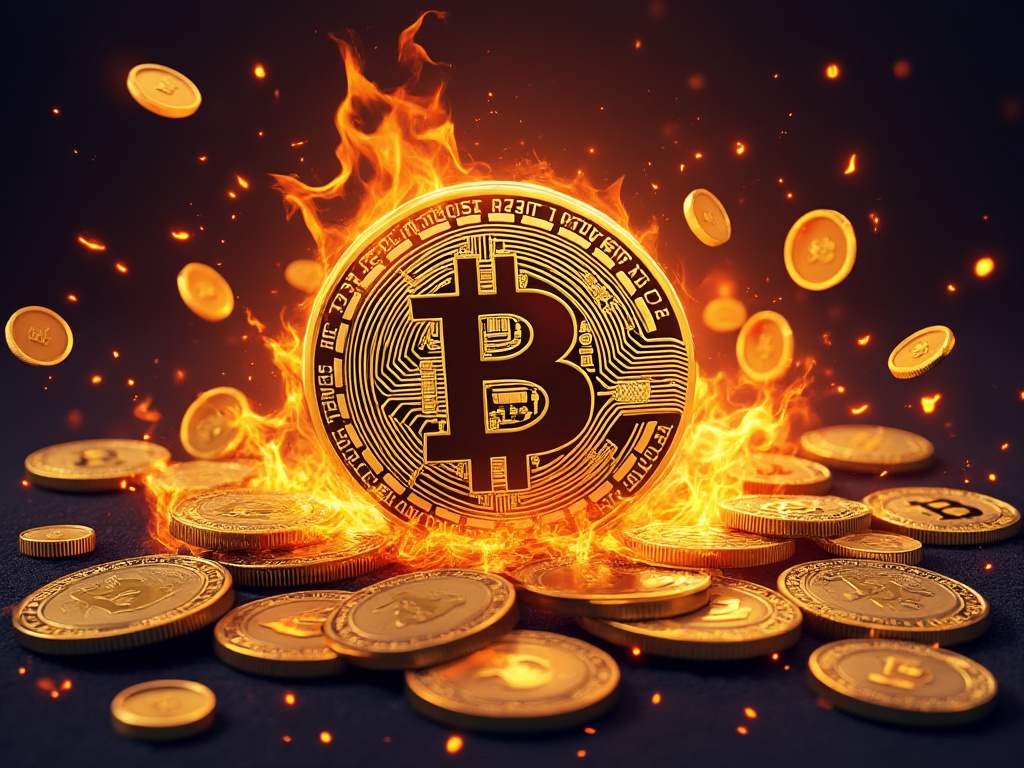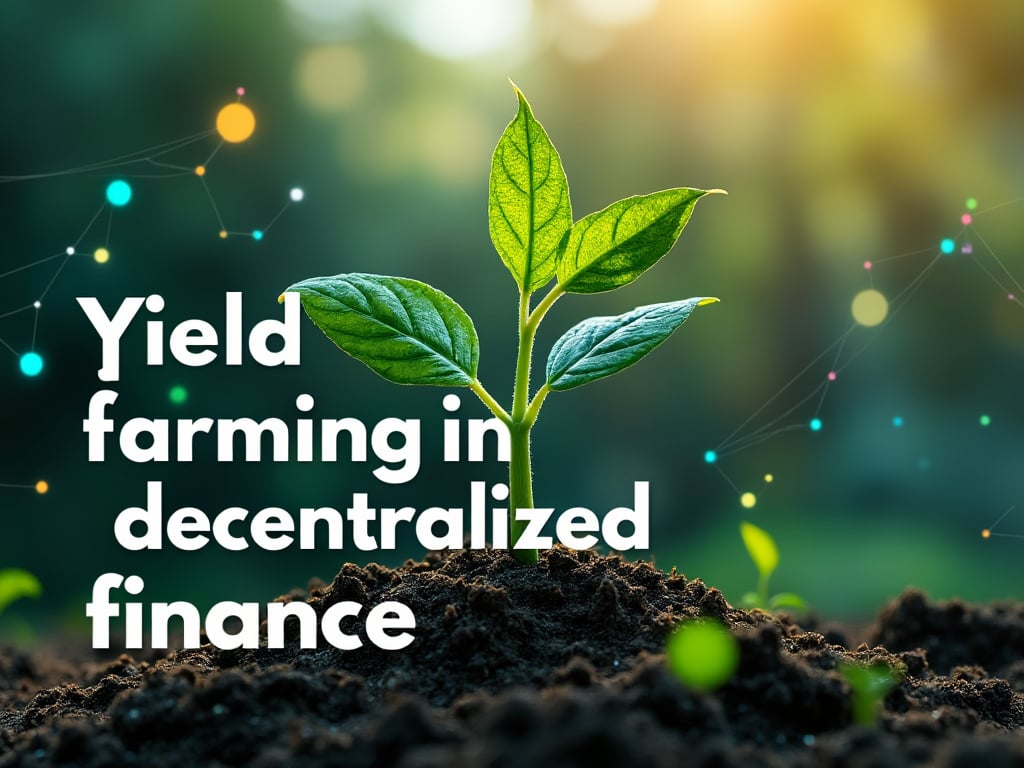Discover what it means to burn crypto, how crypto burns impact coin prices, and why this practice is beneficial in the long term for cryptocurrency projects.
Introduction
As cryptocurrency continues to evolve, new strategies to control supply and increase value have emerged. One of the most popular practices among crypto projects today is to burn crypto. But what does it mean to burn crypto, and how does this process affect the value of a cryptocurrency? This article will explore how crypto burns work, their impact on the market, and the potential long-term benefits of burning crypto.

What Does It Mean to Burn Crypto?
To burn crypto means to remove a certain amount of cryptocurrency from circulation permanently. This process is achieved by sending the coins or tokens to an inaccessible wallet, also known as a “burn address.” Ethereum network , Polygon or Binance Smart Chain used 0x000000000000000000000000000000000000dEaD for burning address. Once the crypto reaches this address, it cannot be retrieved, effectively reducing the total supply of the cryptocurrency. This technique is widely used to stabilize or increase the value of the remaining coins by introducing an artificial scarcity.
How Does Crypto Burning Work?
The process of burning crypto may vary depending on the cryptocurrency and its blockchain. In most cases, a project’s developers will decide to burn a specific percentage of their cryptocurrency. They then transfer this amount to a burn address, where the coins can no longer be accessed or spent. Once completed, the burn is typically recorded on the blockchain, ensuring transparency and allowing the public to verify that the coins are indeed irretrievably removed from circulation.
Many projects announce their burn events in advance, which can lead to increased interest and investment. Scheduled or routine burns also serve as a confidence signal for investors, showing the project’s commitment to value preservation.
Why Do Projects Burn Crypto?
The decision to burn crypto is often part of a strategic plan aimed at enhancing the project’s overall appeal and value. Here are a few of the main reasons projects opt for crypto burns:
1. Increasing Scarcity
By reducing the number of available coins, projects create an artificial scarcity that can increase demand for the remaining tokens. With fewer coins in circulation, investors may perceive the cryptocurrency as more valuable, especially if its ecosystem is actively expanding. This can have a direct impact on the coin’s market value.
2. Price Stability
Crypto burns help projects maintain or boost the market value of their tokens. This is especially useful in markets where excessive token issuance or high inflation could devalue a coin over time. By burning crypto, projects can mitigate inflation and help keep prices stable.
3. Rewarding Long-term Holders
By reducing supply, burning crypto indirectly benefits long-term holders. As the coin’s scarcity increases, those holding tokens may see gains as the value of the coin appreciates. This is often used as a retention strategy, where the developers aim to reward loyal supporters who believe in the project’s future.
How Crypto Burn Impacts the Price of a Coin
One of the key reasons to burn crypto is to impact its price positively. When a project burns a significant number of tokens, the supply decreases. This limited supply can lead to a price increase, especially if demand remains strong. Investors and traders are often attracted to the potential price gains, particularly when burns are announced in advance, which can lead to a surge in market activity.
The impact of a crypto burn on price isn’t guaranteed, however. For a burn to influence the price, the project’s underlying value and utility must remain intact. For instance, if the coin has a strong use case, active developer support, and a growing community, then the burn will likely contribute to price appreciation. However, a burn may have minimal or temporary effects if demand is low or the project lacks strong fundamentals.
How Crypto Burn Is Beneficial in the Long Term
Crypto burns provide several long-term advantages for both investors and the projects themselves. When carried out thoughtfully, burning crypto can enhance a project’s reputation, instill confidence in investors, and maintain the health of the ecosystem. Here are a few ways in which crypto burn proves beneficial in the long run:
1. Sustaining Value and Credibility
Crypto projects that commit to regular burns demonstrate a dedication to sustaining value. By limiting the token supply, they address concerns about inflation or devaluation, which can otherwise discourage long-term investment. This stability builds credibility, making the project more attractive to serious investors.
2. Establishing Trust Through Transparency
Burn events are usually documented on the blockchain, making the entire process transparent. This openness strengthens trust among investors and supporters, as they can verify that the project is fulfilling its promises to reduce supply. Transparent burn practices distinguish reputable projects from those that lack clarity or commitment.
3. Boosting Community Engagement
Regularly scheduled burns are an effective way to keep the community engaged and interested in the project. Projects often announce burn events ahead of time, which can generate excitement and encourage community involvement. Burn events also serve as milestones that renew investor interest, especially when they coincide with key project developments or upgrades.
4. Protecting Against Market Volatility
The cryptocurrency market is notoriously volatile. By reducing supply through periodic burns, projects can help cushion the coin against extreme price swings. This controlled supply manipulation can serve as a safeguard, providing some stability for investors and allowing the coin to maintain a consistent market presence.
Examples of Projects That Burn Crypto
Many well-known cryptocurrency projects, including Binance Coin (BNB) and Shiba Inu, regularly burn a portion of their tokens. Binance, for example, conducts quarterly burns of its BNB token, which has contributed to its long-term value growth. Shiba Inu also adopted a burning mechanism, reducing its supply to drive demand and, potentially, price growth.
These examples showcase how burning crypto can positively impact the value of a cryptocurrency over time, especially when combined with strong project fundamentals and high demand.
Is Burning Crypto a Good Investment Signal?
Crypto burns are often viewed as a positive sign, as they indicate that a project is committed to enhancing the value of its coin. However, it’s essential to remember that burns alone do not guarantee future gains. The actual impact of a burn depends on many factors, including the coin’s utility, demand, and the project’s overall roadmap.
For investors, a burn event might be an encouraging sign, but it should always be weighed alongside other considerations like the project’s stability, market trends, and competitive landscape.
You might be interested in reading Altcoins – Cryptocurrencies Beyond Bitcoin as well.
Final Thought
Crypto burning is a unique mechanism in the cryptocurrency world, offering projects a way to control supply and potentially increase coin value. Whether it’s increasing scarcity, maintaining price stability, or rewarding long-term holders, the decision to burn crypto can have a lasting impact on the success of a project.
For anyone considering investing in a cryptocurrency, understanding the project’s burning policy can provide insights into the coin’s long-term potential. Crypto burns, when paired with a well-structured project, can positively influence value, helping to create sustainable growth.
Have you ever invested in a project that burns crypto? Share your thoughts in the comments below! And be sure to subscribe to our blog for more insights on cryptocurrency and blockchain technology.






